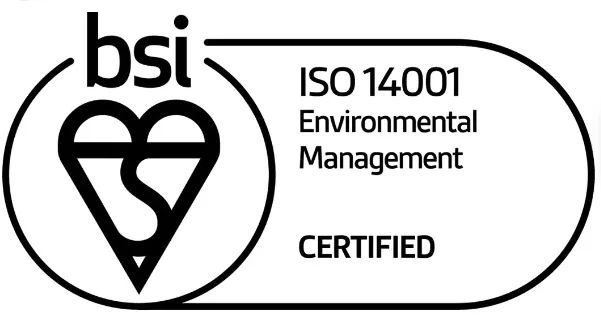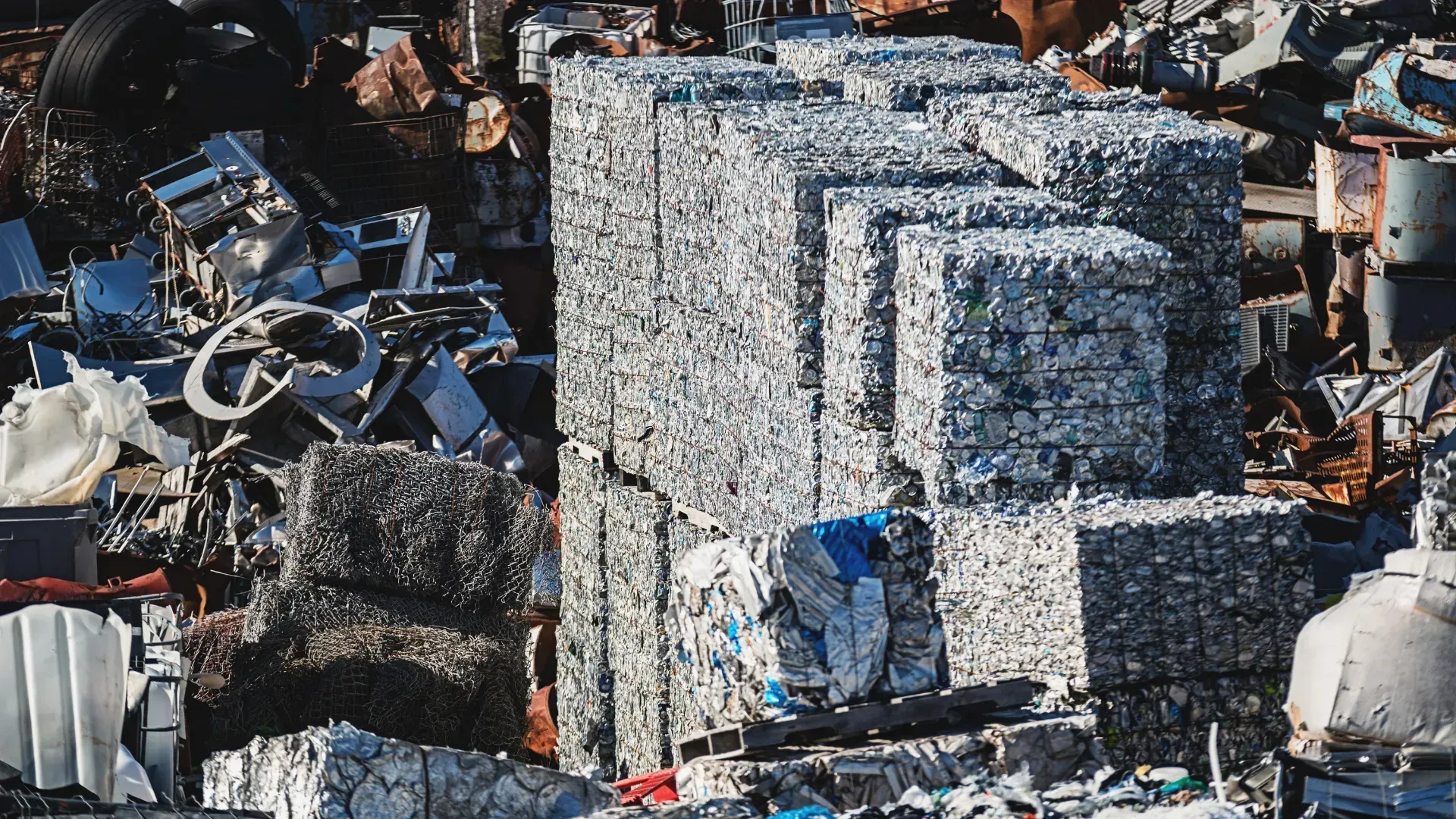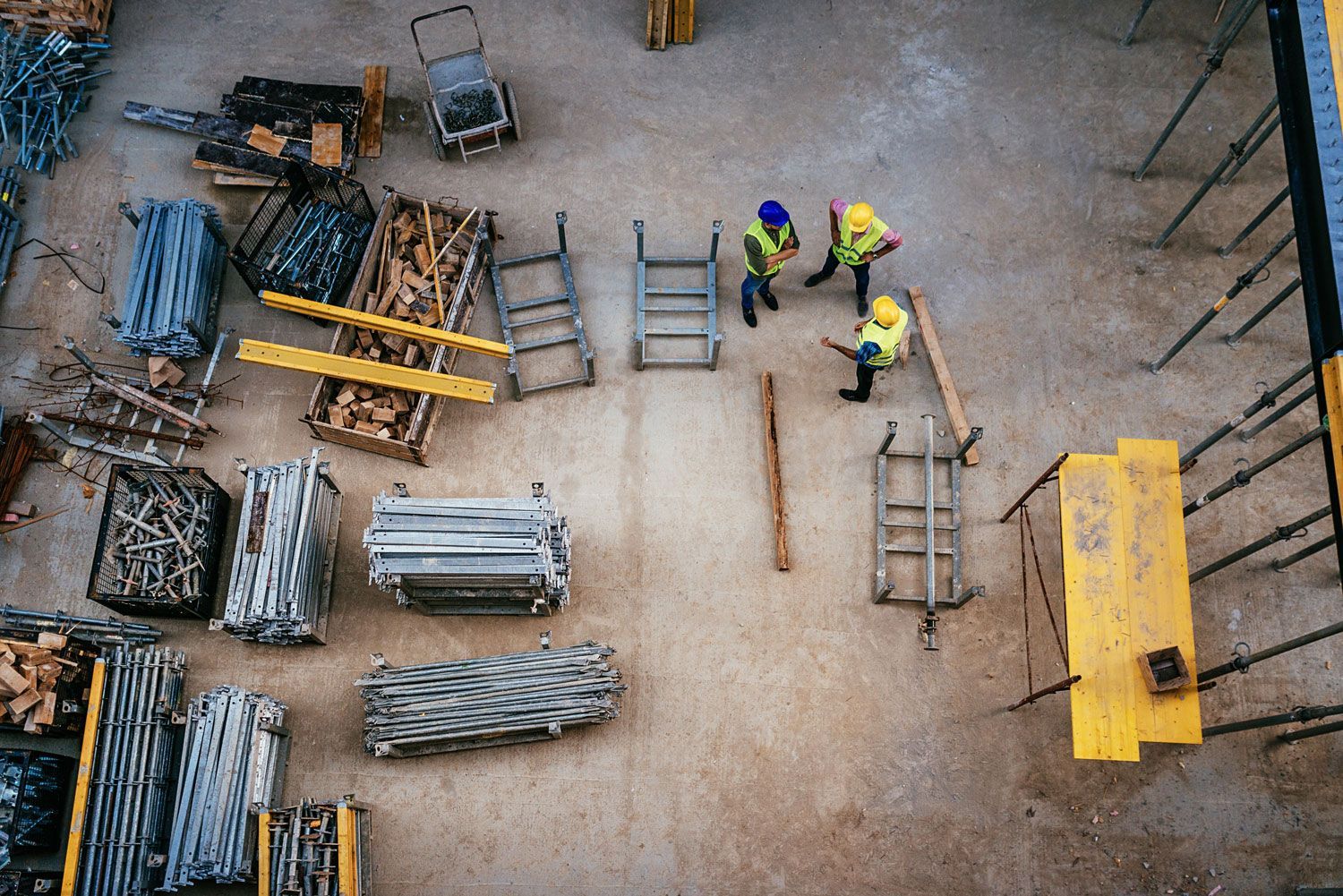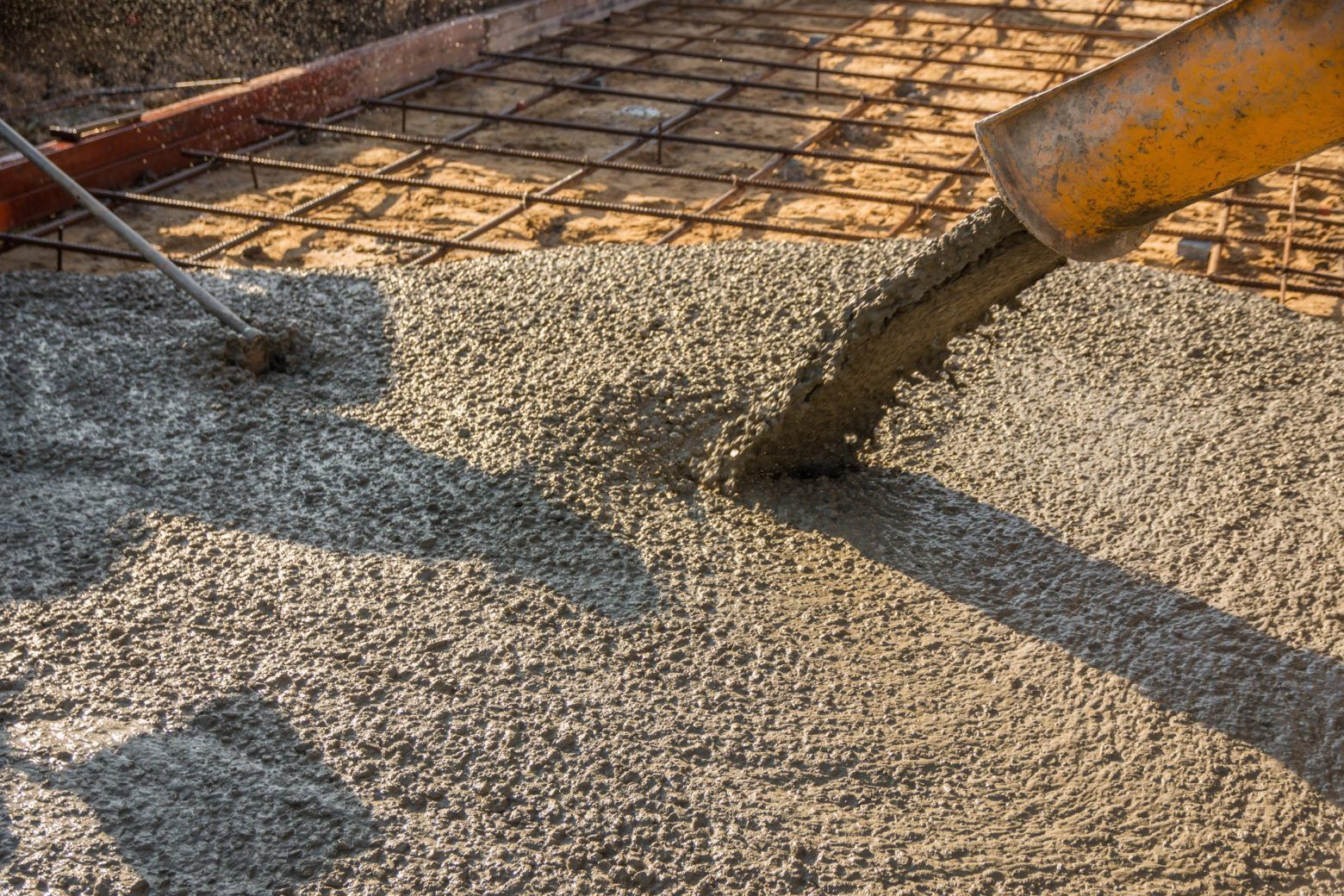Five Major Causes of Landfills
Designed specifically for dumping waste, household rubbish and even toxic or hazardous chemicals, landfills are easily the most common waste management service used today. Landfill waste is either buried or left in heaped piles, leading to contamination and communities facing land pollution and uncontrolled build-up of solid waste materials, due to the increased demand in the 21st century, due to the waste generated from homes, schools, hospitals and more.
In this post, we take a closer look at the five major causes of landfills:
Solid Waste
The primary contributor of landfill waste disposal, solid waste is generated from a long list of places, including schools, restaurants, public parks, markets, offices and much more. Unfortunately, the bulk of this waste will still end up in landfills. The materials that end up in landfills are usually toxic, or non-bio-degradable, such as plastic, food waste, glass, hospital waste and electronics. This means they are likely to remain in landfills for decades.
Agricultural Waste
Generated by waste materials from animal manure, crop and farm remains, agricultural waste and other by-products are collected and dumped in landfills. Agricultural waste can be extremely toxic and capable of contaminating land and water resources. Agricultural waste remains in landfills for years, impacting the soil quality and polluting the land.
Industrial Waste
Naturally, industrial processes, construction activities, and power plants produce high levels of solid byproducts and hazardous residues. The waste products are generated from oil refineries, power plants, construction works, hospital waste and agricultural products. These industrial wastes generally find their way to landfills.
Urbanisation
The rapid increase in urbanisation over the last two decades has played a major role in the build-up of landfills. With plastics, solid waste and a host of toxins playing their part, the increase in urban growth, combined with the higher demand for materials, food and manufactured products that follow, is now having a damaging impact on the levels of waste disposal that reach landfills. As human demand and consumption increases, so too does our over-reliance on dumping waste.
Population Growth
Intrinsically related to the growth rate of urbanisation, the increasing population has considerable negative effects on the environment. The higher the population, the greater the demand for products and in turn, the more waste is dumped into landfills. One of the worst effects of population growth is the increased demand for plastics, plastic pollution has been on a near-constant rise over the last decade due to our increased population. In most urban areas, plastics constitute roughly 80% of all municipal waste generated.
At WM Thompson & Sons Ltd, our landfill site works alongside each part of the business to offer sustainable waste disposal for customers across West Scotland. Situated in a former quarry, our landfill site is fully S.E.P.A. licensed and dedicated to maintaining a positive impact on the local landscape and environment. Whatever your waste removal or landfill needs, contact us today for more information.
















